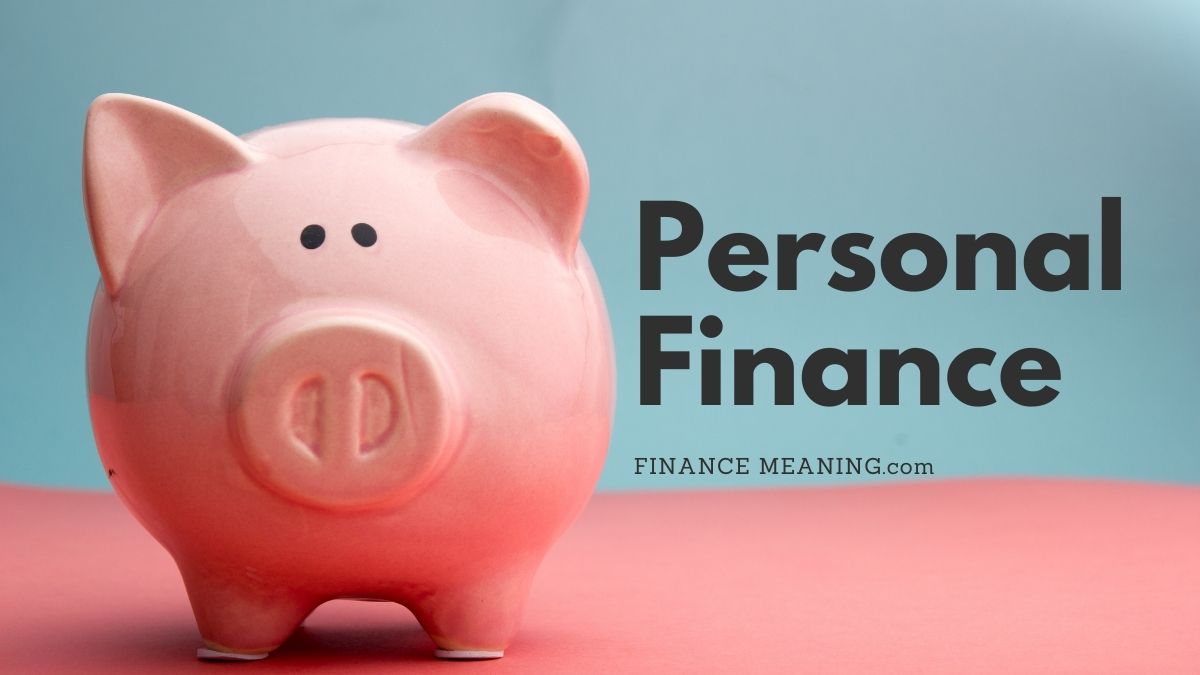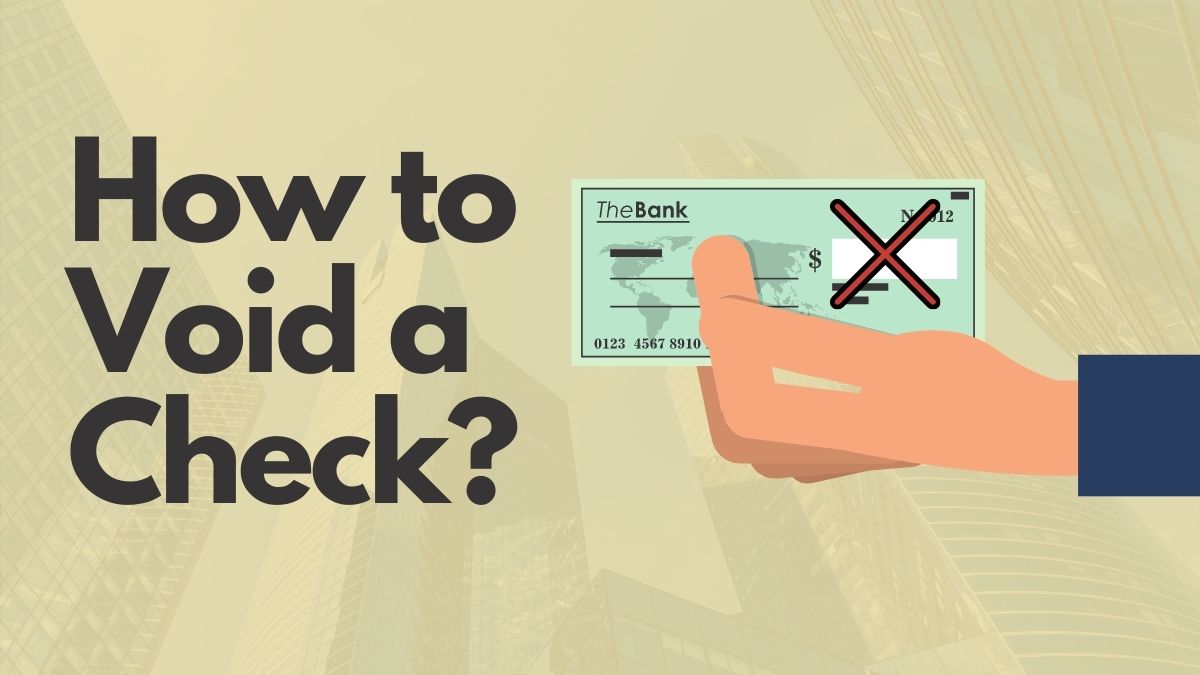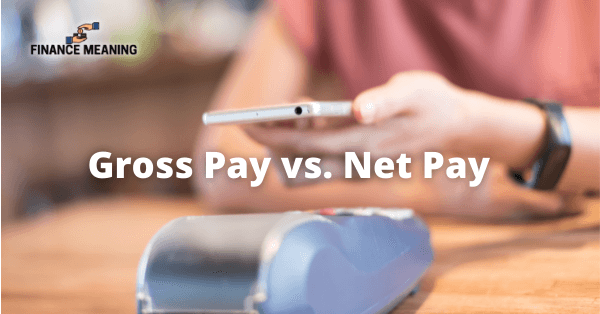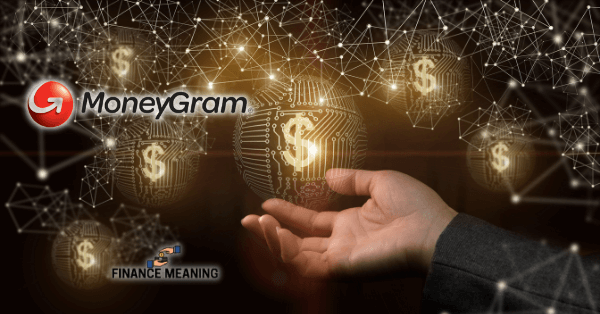The personal finance app market has witnessed significant growth, driven by the need for efficient financial management. These apps have transformed the way individuals approach their finances, offering tools for budgeting, investing, and saving, all within reach of a smartphone. In 2024, with a diverse range of apps available, it’s important to understand the evolution of these digital enablers, their essential features, how to choose the right one for your needs, and what the future holds for this innovative sector.
Key Takeaways
- Personal finance apps have become a fundamental part of managing money, with a significant user base relying on them for daily financial activities.
- The evolution of personal finance management from traditional methods to digital apps has greatly influenced user behavior and financial decision-making.
- Top personal finance apps in 2024 are distinguished by their user-friendly interfaces, security, comprehensive budgeting tools, and investment features.
- Choosing the right personal finance app involves assessing financial goals, comparing functionalities, and understanding cost implications.
- The future of personal finance apps is likely to include advancements in predictive analytics, integration with emerging technologies, and a focus on financial education.
The Evolution of Personal Finance Management


From Traditional Budgeting to Digital Enablers
The transition from paper-based ledgers and manual calculations to sophisticated digital tools marks a significant evolution in personal finance management. Digital enablers have revolutionized the way we approach budgeting, offering a level of convenience and insight that was previously unattainable.
- Financial tools and apps provide a clear view of spending patterns.
- They enable users to identify and optimize areas of excess expenditure.
- Digital banking and Fintech solutions offer enhanced security and accessibility.
Embracing digital solutions is not just about keeping up with technology; it’s about taking proactive steps to secure your financial future in an increasingly digital world.
Evaluating the right tool for your financial goals is crucial. Whether it’s zero-based budgeting for meticulous financial planning or a simple spending tracker for monthly expense monitoring, the choice depends on individual needs. Our analysis of budgeting apps considers user experience, interface, support options, and the overall value relative to the cost, ensuring that you can make an informed decision about which digital enabler will best serve your financial journey.
The Impact of Technology on Financial Behavior
The integration of technology into personal finance has revolutionized the way we manage our money. Technology has made financial management more accessible and efficient, but it also introduces new challenges. For instance, the ease of online transactions can lead to impulsive spending, and the convenience of auto-renewing subscriptions may cause us to overlook recurring charges.
- The rise of digital banking offers convenience and improved security.
- Fintech solutions provide insights and streamline financial management.
- Awareness of potential risks, such as identity theft, is essential.
Embracing technology in personal finance requires a balance between taking advantage of its benefits and being vigilant about its pitfalls. Adapting to the digital financial landscape means not only leveraging the tools available but also developing a keen understanding of how they affect our financial habits and decisions.
Adapting to the Changing Financial Landscape
As the financial landscape continues to evolve, individuals must adapt by embracing new tools and strategies. The shift towards digital financial services is not just a trend, but a fundamental change in managing personal finances. Digital banking and Fintech solutions offer unprecedented convenience, accessibility, and security, making them indispensable in the post-pandemic era.
To navigate this new terrain effectively, one must consider:
- The necessity of adaptability and resilience in personal finance.
- Proactive decision-making, especially during economic uncertainties.
- The importance of reevaluating financial goals and retirement plans.
Embracing digital banking and Fintech solutions is crucial. They not only streamline financial management processes but also provide valuable insights, aiding in long-term financial planning and risk diversification.
Essential Features of Top Personal Finance Apps


User-Friendly Interface and Security Measures
In the realm of personal finance apps, a user-friendly interface is not just about aesthetics; it’s about functionality and trust. An intuitive design allows users to navigate their financial information with ease, promoting a more engaging and less stressful experience. Visual elements such as graphs and charts are indispensable for providing users with a clear overview of their finances.
Security is equally, if not more, critical. A robust personal finance app must incorporate secure user authentication to safeguard against unauthorized access. This includes biometric authentication and two-factor authentication, which serve as formidable barriers against potential intruders. Regular security reviews and penetration testing are essential practices to ensure the app’s defenses remain impenetrable.
It’s crucial for users to feel confident that their sensitive financial data is protected with bank-level encryption and security measures. Transparency about these protocols is key to building trust.
When considering the integration of various financial services, APIs like Plaid and Stripe play a significant role in streamlining the user experience. They enable seamless connections to bank accounts and payment systems, ensuring that users can manage their finances through a single, secure platform.
Comprehensive Budgeting and Expense Tracking
In the realm of personal finance apps, comprehensive budgeting and expense tracking stand as pivotal features for managing personal finances effectively. These tools empower users to gain a clear understanding of where their money is going, which is essential for making informed financial decisions.
- Mint provides a straightforward way to track expenses by categorizing spending, which can be particularly useful for those who prefer a simpler approach to budgeting.
- PocketGuard offers an intuitive interface that helps prevent overspending by keeping a close eye on expenses.
- For a more tailored experience, Simplifi by Quicken delivers personalized spending plans and insightful analyses.
Budgeting apps vary in their approach, with some focusing on specific methods like envelope or zero-based budgeting, while others offer more general, customizable solutions. Regardless of the method, the goal remains the same: to facilitate better control over one’s financial life.
Choosing the right app involves evaluating your budgeting goals and the level of detail you require. Whether it’s zero-based budgeting with apps like YNAB or a simple spending tracker, the key is to find a tool that aligns with your financial objectives.
Investment and Savings Tools Integration
The integration of investment accounts into personal finance apps is a game-changer for those aiming to grow their wealth. By linking investment accounts, users gain a comprehensive view of their finances, allowing for better management and strategic rebalancing in line with their financial goals and risk tolerance.
In addition to investment account features, high-yield savings accounts are becoming increasingly accessible through these apps. Users can now effortlessly automate their savings, funneling a portion of their income or even spare change from transactions directly into accounts that offer competitive interest rates.
The seamless integration of these tools within personal finance apps simplifies the process of saving and investing, making it more accessible and less intimidating for users at all levels of financial expertise.
Furthermore, the ability to make simple investments and view portfolio balances within the app provides a holistic financial experience. This integration not only helps in tracking savings but also offers valuable insights into one’s overall financial portfolio.
Choosing the Right Personal Finance App for You


Assessing Your Financial Goals and Needs
Before diving into the sea of personal finance apps, it’s crucial to anchor yourself to your financial goals. Identifying what you want to achieve financially will guide you to the app that best suits your needs. Whether it’s debt reduction, savings growth, or investment management, your objectives should dictate the features you require.
- Comparison of popular budgeting apps: Look for apps that align with your financial strategies.
- Investment management tools for 2024: Ensure the app supports your investment style and goals.
- Debt reduction strategies: Choose apps that offer features to help you manage and reduce debt effectively.
- Benefits of personal finance software: Consider how an app can contribute to your financial stability and growth.
The right personal finance app not only aligns with your current financial situation but also adapts to your evolving needs, offering a scalable solution for your financial journey.
Comparing App Functionality and User Reviews
When selecting a personal finance app, it’s crucial to weigh the app’s features against your financial objectives. Consider the app’s ability to integrate with your existing accounts and its ease of use across different devices. A well-rounded app should offer a seamless experience, whether on mobile or desktop.
- Mobile app rating (App Store and Google Play): 35%
- Cost: 25%
- Encryption/Security: 15%
- Account integration capabilities: 10%
- Website version available: 10%
- Ability to share: 5%
User reviews are invaluable for gauging the app’s user experience and customer support quality. Look for feedback on the app’s interface and the responsiveness of the support team. A user-friendly interface and robust support can significantly improve your financial management routine.
Using a combination of user reviews, feature lists, and personal financial needs, you can choose an app that aligns with your financial journey. The right app should empower you, making money management not just possible, but also straightforward and stress-free.
Understanding the Costs and Subscription Models
When selecting a personal finance app, understanding the subscription models and associated costs is crucial. Many apps offer a basic version for free, which may include advertisements or limited features. Premium versions, on the other hand, typically require a monthly or annual fee but come with a comprehensive set of tools and no ads.
It’s important to consider whether the additional features offered in paid versions align with your financial goals and are worth the investment.
Here’s a quick comparison of two popular apps:
| App Name | Basic (Free) | Premium | Free Trial | Platforms |
|---|---|---|---|---|
| EVERYDOLLAR | Yes | $12.99/month or $74.99/year | No | iOS, Android |
| YNAB (You Need A Budget) | Yes | $4-$12/month | Yes (7 days) | iOS, Android |
Remember to review your subscriptions regularly to eliminate any that you no longer use or need. This can be a simple yet effective way to manage your expenses and ensure you’re only paying for services that provide real value.
The Future of Personal Finance Apps


Predictive Analytics and Personalized Financial Advice
The integration of predictive analytics in personal finance apps has revolutionized the way users manage their money. These advanced systems analyze past financial behavior to forecast future spending and saving patterns, enabling users to make more informed decisions. By leveraging data, apps can now offer personalized financial advice tailored to individual needs and goals.
- AI helps users analyze their financial situation to provide tailored recommendations.
- Smart budgeting features process transaction data to offer personalized tips.
- Recurring payments tracking ensures users stay on top of their regular expenses.
The use of AI in personal finance not only simplifies budgeting but also enhances the decision-making process, allowing for a more proactive approach to financial management.
With the ability to adapt to a user’s unique financial landscape, these tools can suggest actionable strategies to optimize spending and saving. The human element remains crucial, however, as technology serves to complement, not replace, the insights of a trusted financial adviser.
Integration with Emerging Technologies
As personal finance apps continue to evolve, the integration with emerging technologies is becoming a cornerstone for innovation. This integration is not just about adding new features; it’s about creating a seamless financial ecosystem that enhances user experience and financial decision-making.
- Blockchain: Ensures transparency and security in transactions.
- Artificial Intelligence (AI): Powers personalized financial advice and predictive analytics.
- Internet of Things (IoT): Connects real-world assets to financial management for real-time tracking.
- Voice Recognition: Allows for hands-free operation and accessibility.
The synergy between personal finance apps and emerging technologies promises to redefine our approach to managing money, making it more intuitive, secure, and aligned with our lifestyle.
By leveraging these technologies, apps can offer a more tailored experience, adapting to individual user behavior and preferences. This not only simplifies financial management but also opens up new possibilities for financial education and literacy.
The Role of Apps in Financial Education and Literacy
Personal finance apps have revolutionized the way individuals approach financial education and literacy. By providing interactive and personalized learning experiences, these apps have made understanding complex financial concepts more accessible to a broader audience.
- Apps offer tutorials and resources to help users grasp the basics of budgeting and investing.
- They provide real-time feedback on spending habits, encouraging better financial decisions.
- Many apps include goal-setting features to help users work towards financial milestones.
The democratization of financial knowledge through apps has the potential to significantly reduce the knowledge gap in personal finance, empowering more people to make informed decisions about their money.
As financial literacy becomes increasingly important in today’s economy, personal finance apps stand out as crucial tools in promoting a more financially savvy society. They not only assist in day-to-day money management but also contribute to a long-term understanding of financial health and wealth-building strategies.
Conclusion
As we’ve journeyed through the landscape of personal finance apps in 2024, it’s clear that these digital tools have become integral to managing our financial lives with greater ease and efficiency. From budgeting and expense tracking to investment and retirement planning, the right app can significantly enhance our ability to meet financial goals and adapt to the ever-changing economic environment. Whether you’re a tech-savvy investor or a beginner looking to take control of your finances, the market offers a plethora of options tailored to your needs. Embracing these apps not only simplifies financial management but also empowers us to make informed decisions, save time, and ultimately achieve financial well-being. As technology continues to evolve, we can expect personal finance apps to become even more sophisticated, further revolutionizing the way we interact with our money.
Frequently Asked Questions
What are personal finance apps and how do they work?
Personal finance apps are mobile solutions that help individuals manage their money by providing tools for budgeting, expense tracking, saving, and investing. They consolidate financial information in one place, often integrating with bank accounts for real-time updates.
Why have personal finance apps become essential in 2024?
In the dynamic financial landscape of 2024, personal finance apps have become essential due to their convenience, ease of use, and the comprehensive financial management tools they offer, helping users stay on top of their finances efficiently.
What key features should I look for in a personal finance app?
Look for user-friendly interfaces, robust security measures, comprehensive budgeting and expense tracking, savings goals, cash flow reports, and investment tools. Integration with bank accounts and real-time data updates are also important.
How do I choose the right personal finance app for my needs?
Assess your financial goals, compare app functionality and user reviews, and understand the costs and subscription models. Choose an app that aligns with your financial situation and objectives, and offers the features you value most.
Are there free personal finance apps available?
Yes, there are free personal finance apps available, but some may offer premium features for a monthly fee. It’s important to review what’s included in the free version versus the paid subscription to determine which is best for your needs.
How can personal finance apps impact my financial behavior?
Personal finance apps can positively impact your financial behavior by providing insights into your spending patterns, helping you set and achieve savings goals, and encouraging financial discipline through budgeting and investment tools.





